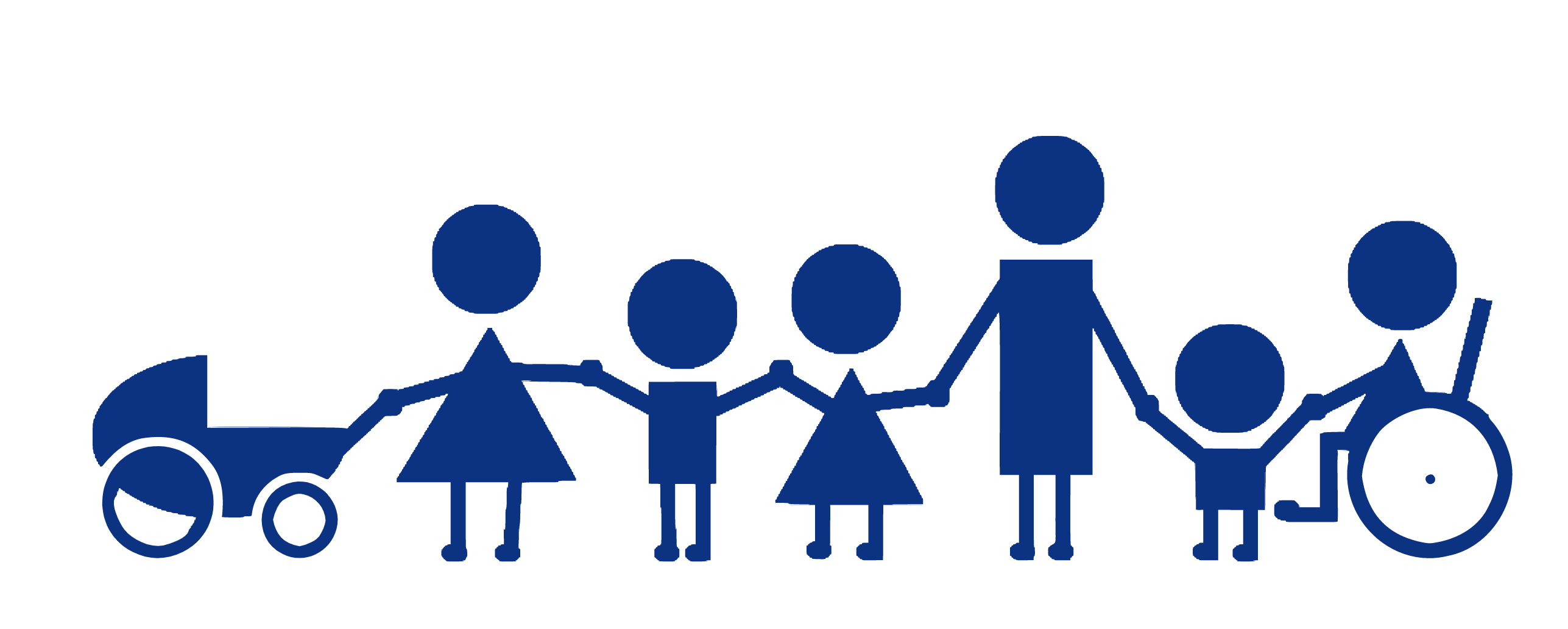HOW AND WHEN SHOULD I USE AN AT-HOME COVID-19 TEST?
COVID-19 at-home self-tests are one of many measures that people can use to reduce the risk of spreading COVID-19. They may be used regardless of vaccination status following exposure, when someone has symptoms, or to provide some degree of reassurance that a person does not have asymptomatic infection. Many people are using them before joining gatherings with others who are not a member of their household. The key is taking the test as close as possible to the start of your event or activity to give you the most accurate information on whether you have the virus in your system at that time.
WHAT SHOULD I DO IF I TEST POSITIVE WITH AN AT-HOME COVID-19 TEST?
People who have a positive test using an at-home test should consider themselves to be infected with COVID-19. Positive tests for patients with compatible symptoms and/or a known or suspected exposure are likely to be a true positive. Although the at-home COVID-19 tests are quite accurate when used appropriately, People with a positive test result should stay home and isolate away from others as outlined below:
- Isolate at home for a minimum of 5 days. If there are multiple members in the household, all members should wear a mask during isolation.
- If symptoms are improving after 5 days and there is no fever, or if there were never symptoms, patients may leave isolation after 5 days.
- Anyone who tests positive should wear a mask around other people, including when at home with members of their household, for an additional 5 days following discontinuation of isolation – i.e., a total of 10 days of masking around others if isolation is discontinued on day 5, a total of 12 days of masking around others if isolation is discontinued on day 7, etc.
- Please call our office at: 617-361-1470 if symptoms become severe; otherwise, managing symptoms at home is recommended.
- People should inform close contacts (people with whom they were in contact 48 hours prior to the onset of symptoms or 48 hours prior to the date of the positive test if asymptomatic) that they may have been exposed to COVID-19.
WHAT SHOULD I DO IF I TEST NEGATIVE WITH AN AT-HOME COVID-19 TEST?
A negative test result means that the virus that causes COVID-19 was not detected at that time. If a person has symptoms at the time of taking the test, this does not entirely exclude a COVID-19 infection. We would recommend repeat molecular testing if you are concerned that your home test is falsely negative.
WHAT SHOULD I DO IF I HAVE BEEN EXPOSED TO COVID-19?
- Wear a mask when around other people for 10 days.
- Get tested on day 5 following exposure if possible.
- If symptoms develop, isolate at home and obtain testing.
We strongly recommend using the Isolation and Exposure Calculator on the CDC website. While the greatest risk of transmission occurs in the first few days after infection, there is some residual risk of transmission after 5 days of infection – therefore, all guidance should be carefully followed.
Continued mask wearing when around other people following quarantine or isolation is ESSENTIAL to minimize the continued risk of transmission that remains after the outlined quarantine or isolation periods.

